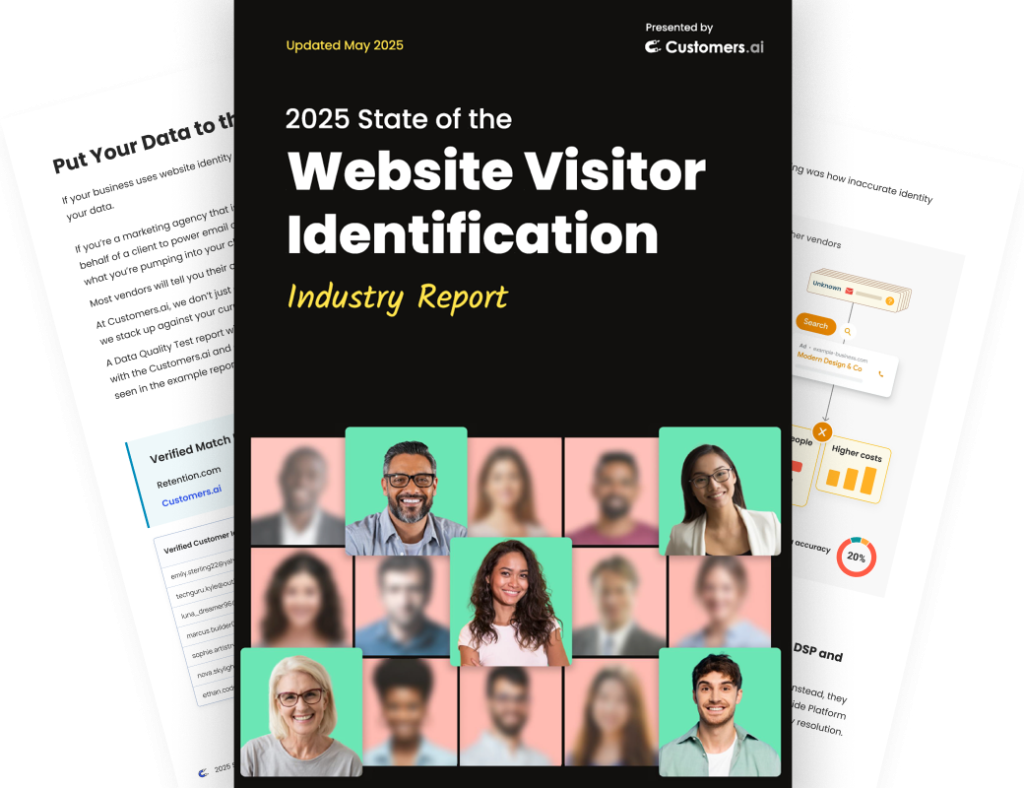Rather read than watch?
Below is a transcript of the Chatbot Marketing Training Course by Customers.ai and Isaac Rudansky, of Adventure Media. Get the full course here and become a messenger marketing master.
Welcome back chatbot fans.
In this lecture I’m going to teach you how to create two more audiences: one based on time zone; one based on the last time the user was active.
And these are two pretty common use case scenarios.
Time zone, say you’re working in L.A, right? And you’re on the West Coast, and it’s of the United States, and it’s six o’clock p.m. And you’re putting together some chat blasts.
It’s nine o’clock p.m. in New York, and you know that at nine o’clock p.m., you’re going to have low engagement rates.
People are finishing up dinner, whatever it be. After a long work day, you want to only send it out to the west coast.
So perfect example of that is you could create an audience of just people in the West Coast time zone and send the blasts out to them and schedule a blast to go out to the East Coast time zone people the next morning, let’s say.
So that’s an example of when you would use the time zone audience feature. I found that to be very helpful.
The other very popular way and one of my favorite ways of segmenting out audiences or creating audiences is based on when the user was last active, the last time the user engaged with the bot.
And there’s two totally opposite use cases.
Some businesses want to send out a chat blast or a drip campaign to people that have not engaged with the brand in quite some time.
So that might be we haven’t heard from you in a month, so we want to send you out a coupon or whatever it maybe, you want them to get back in touch with you.
So it’s a different type of marketing, a different type of campaign.
That might be a good idea for, let’s say, ResetIV, the hydration company that we’ve been talking to, where they know that the average user will buy once every three months because that’s when their customers are taking vacations on those intervals.
So they might want to send out a chat blast to everybody who hasn’t been engaging with their bot in the course of, let’s say — or anybody who hasn’t engaged in at least three months.
The same thing might be to — with a business that has a longer sales cycle. It might be more periodic.
You might have a business like Sofamania or a business like the International Culinary Center where they need to get a lot of traffic to their site within a very short amount of time because they’re either running campus tours or they’re running a special sale.
And they know from previous data, you might know this in your business.
And this is — and if you’re doing this for a client, you need to ask the client these types of questions and be able to look at analytics and get the sort of data, do we need multiple rapid-fire marketing messages to get a conversion.
And if that’s the case, we might only want to send a chat blast to people who have been active recently.
So let’s go in and build these audio inside Customers.ai.
And I think the use cases are self-evident. So we’ll title this audience here, East Coast time zone, adding a filter.
Sometimes you have to click the button twice.
Attribute is time zone; equals, looking for negative five, I believe, negative four. One of these, you’ll have to actually look this up but you get the idea.
That’s exactly how you would create the value. And you can also add multiple time zones.
So I could type again, and add another time zone, and I could have — and I can have an audience that’s based off of more than one time zone.
So it’s either this time zone or that time zone, obviously, it doesn’t have to be both time zones. And we click done.
We will see exactly how many contacts are in that list, 413. And now I get the time east coast time zone, okay? 413 contacts.
Now let’s create an audience based on last seen.
So I want to do — I want to send out a chat blast, let’s say, to people who have not engaged in three weeks. So at least three weeks, no engagement. Wait for it to save.
And we’re going to go ahead and add a filter.
And the attribute we’re looking for is last active is greater than — we want to go back, let’s say, last active is greater than – will go back, let’s say, here. And we then have – if we click done, we’ll see how exactly how many people are on that list.
And don’t worry about the specifics, we’re not blasting anything on right now. So we have 568 people who were last active at least three weeks ago.
If you want to do within three weeks, we would go — we would change the qualifier to be greater than — it would be –we would change it to be less than, which would mean we’d be blasting out or dripping Facebook bots to people who are new contacts within the last three weeks.
So that’s how you create a time zone and that’s how you create an audience for — based on the last engagement.
And, of course, you could continue to go in and edit this stuff and add filter.
So if I wanted to go into this one at least three weeks ago and no engagement, I’m going to edit it.
I’m going to add another filter on top of that, and I could say, okay, session count, they had at least’ is greater than two sessions’, right?
I want to send out a blast to people who have at least been — that have not been active in at least three weeks, but when they were active, we’ve recorded at least two sessions, okay?
So engaged people who used to be engaged with us. It’s a great list to create.
I’m going to save it, and we’ll see once we click done. We’ll see how many people we actually have on this list, 88.
You see that. So not that many people who haven’t been active in at least three weeks out of 568, we only had it 88 people part of this list now. It works.
I happen to really like the way Customers.ai audiences work. It’s really quick, it’s really nifty, it’s really neat.
So this is the place where you go to bucket your people into useful marketing buckets.
Don’t just create segments because you could create segments.
If men and women don’t make an impact on purchasing activity or your conversion rates, then there’s no point in segmenting it out.
If you’re not going to talk differently to men and women, if you’re not going to send them different content, there’s no point in creating those audiences only.
Create audiences that are going to be useful in your business with the way you know how your business operates, with the distinctive and unique behavioral patterns and behavioral characteristics of your customers.
Only create audiences around the dimensions that you know and that you’ve studied and that you could reasonably predict, will have an impact if you’re able to market to them in specific and unique ways.

